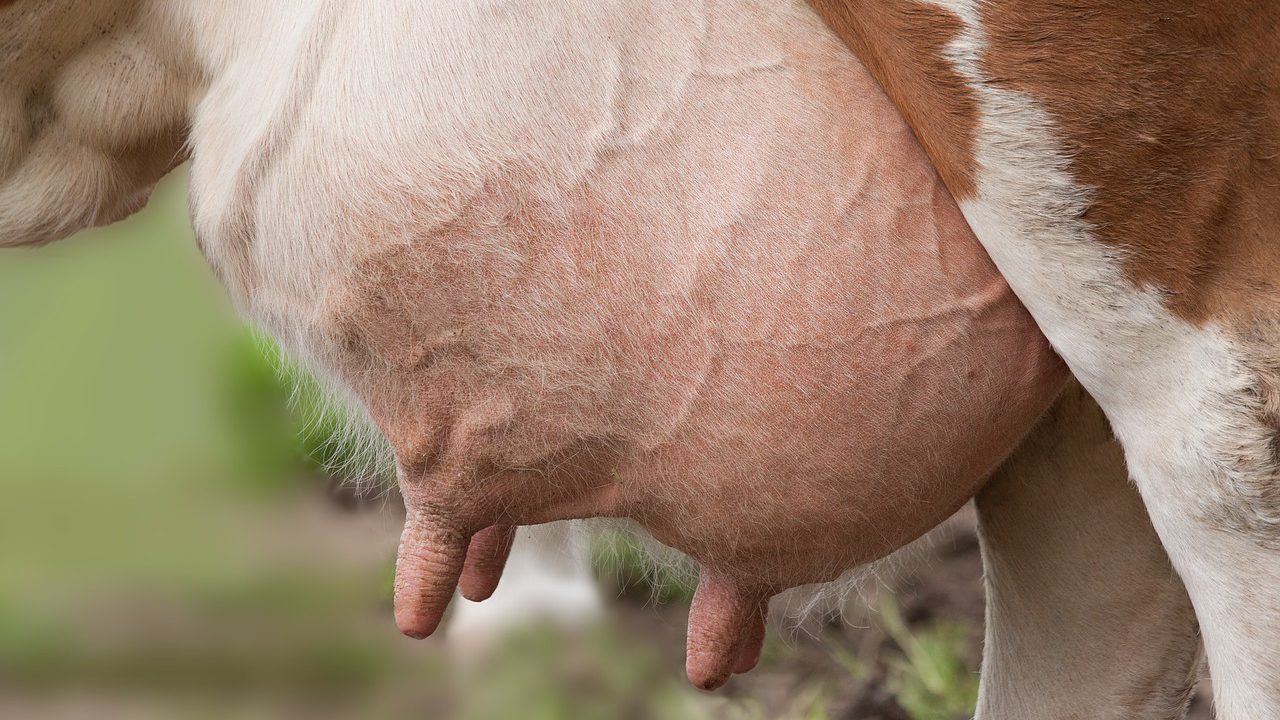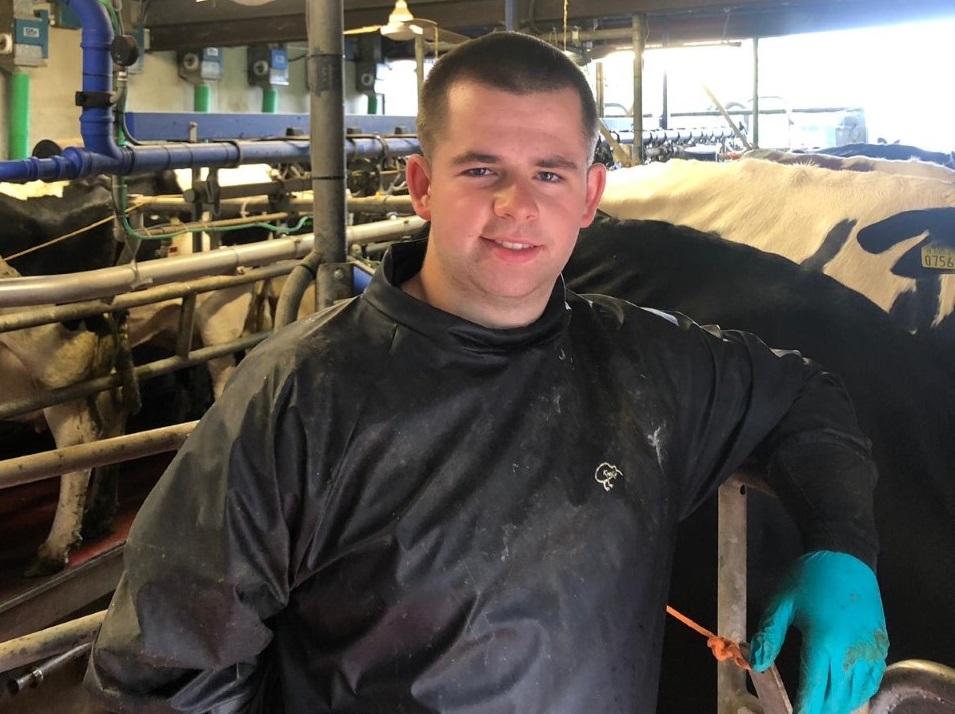A bolusing protocol to protect the udder health of high yielding cows at a Co. Kildare dairy farm has reduced the bulk somatic cell count (SCC) reading by more than two-thirds.
The 90-cow pedigree registered Friesian Holstein herd at 120ac Oldcarton, Maynooth, is high performing – it is producing an annual average yield of around 9,000L at 3.94% butterfat and 3.49% protein.
But the issue that had been preventing the business from maximising returns from its milk contract was high cell counts in some of the cows – some were nudging towards 700,000 cells/ml.
At one stage this raised the bulk tank SCC to 300,000, which meant the Coakley family were missing out on the top payment bands offered by their milk buyer Glanbia.
They risked having to cull a high percentage of the herd. Action was needed and the solution lay in a bolus containing allicin, manufactured by Mayo Healthcare..
Permanent feature
Maycillin was developed by Mayo Healthcare as an alternative to antibiotics in both clinical and sub clinical challenges.
Father and son John senior and John junior were introduced to the bolus by a local dairy farmer who was using it in his own herd.
He recommended they contact Gerry Hughes, Mayo Healthcare’s local area manager, who advised them how the bolus could work for them. The boluses were sourced through their local supplier, Michael Connell Agri Nutrition.
“We blanket treated the high cell count cows with two Maycillin boluses,’’ says John junior, who runs the herd day to day while his father is busy with an agri-contracting business.
Within weeks of bolusing the bulk tank reading had plummeted to 90,000 cells/ml and has continued to remain low.
The Coakleys were particularly impressed with the reduction in the readings of cows that had previously recorded cell counts of 600,000–700,000 cells/ml.
This has given them the confidence to make Maycillin a permanent feature in their herd protocols.
At drying off, any cow in the autumn and spring-calving blocks with a cell count of 200,000 cells/ml or higher is given two boluses.
This, says John junior, gives him the confidence that when those cows calve down, their milk quality will be good. He milks the herd through a fully automated eight-unit DeLaval parlour with a feed to yield system.
The spring-calving block calves over 12 weeks and the autumn calvers in 10 weeks with a Friesian stock bull used to sweep up after AI.
Improving milk quality is one of the pieces in their herd management jigsaw that the Coakleys are relieved to have secured.
“Finding a solution to the cell count problem has meant that we haven’t had to replace our mature cows with heifers which would have led to less milk production in the herd,’’ says John junior.
“Maycillin isn’t a 100% cure rate but it definitely worked on 70% of the high cell count cows; I’m very happy with that.’’
Further information
For more information, go to: www.mayohealthcare.ie; or simply click here



